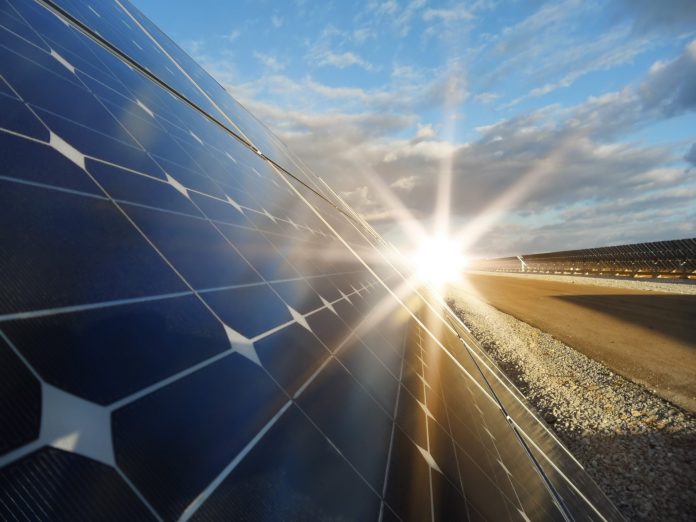
The upcoming solar eclipse is a pretty big deal for science.
The moon’s shadow will soon completely block the sun over parts of Southeast Asia for a few brief minutes, giving sky watchers a rare and beautiful sight, and astronomers an uncommon chance to study some important features of the sun.
Solar eclipses occur in one form or another at least twice a year (they can occur as many as five times, though that is incredibly rare). But some eclipses are more useful to scientists than others, and many of them are difficult to observe. The one scheduled to be visible over parts of Southeast Asia and the Western Pacific will be a special kind of eclipse over a populated area — a somewhat rare combination.
First, the coming eclipse is a total solar eclipse — one of two types of solar eclipses. The other kind, annular eclipses, are slightly different.
The moon’s orbit around the earth is oval shaped, not perfectly round, and its distance from Earth varies. During annular eclipses, the moon is too far from Earth (and too close to the sun) to completely block the vastly larger sun from view. The edges of the sun shine along the moon’s perimeter in a thin gold ring.
A total eclipse, as the name suggests, more completely blocks our view of the sun, leaving only a tiny reddish band of light visible around the edges, called the limb, and whitish wisps radiating outward, called the corona.
Both are incredible sights to behold, but only total eclipses are dark enough to allow scientists to view the corona — the wispy, ghost-like outer atmosphere around the sun.
Total solar eclipses show us the areas around the sun where all the action happens. This area is where the sun produces “solar weather” phenomena, like solar flares or coronal mass ejections, and the region is also where solar winds — material constantly blowing off the surface of the sun — are accelerated.
Apart from being fascinating for their own sake, these phenomena are important to understand because they have an impact on the rest of the solar system, including Earth.
Solar weather and eruptions can also affect satellites, and can create hazardous radiation for astronauts in space.
This eclipse will also let scientists test equipment and instruments on the ground that they may someday want to fly into space, Young said. Some NASA and U.S.-based researchers will test some telescopes and equipment that they hope to deploy for the next total solar eclipse in 2017, which will be visible in the United States.
This eclipse will be especially visible from Indonesia, spurring excited would-be watchers to flock to that country for the event.
People elsewhere in the world won’t be able to see much — or any — of the eclipse in the sky, but they can watch it online. Science museums, such as the Exploratorium in San Francisco, will be webcasting the eclipse.
The next one will be possible to see in the U.S. in 2017.





































